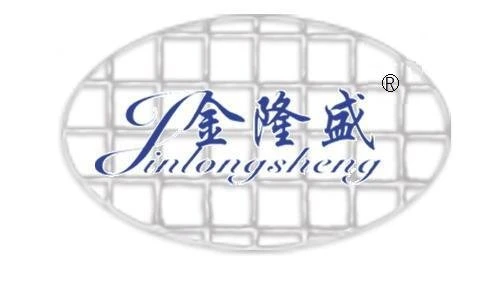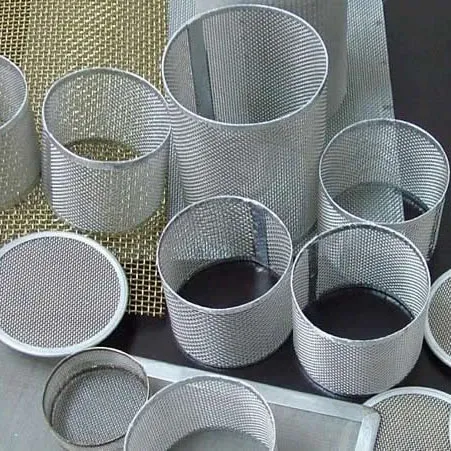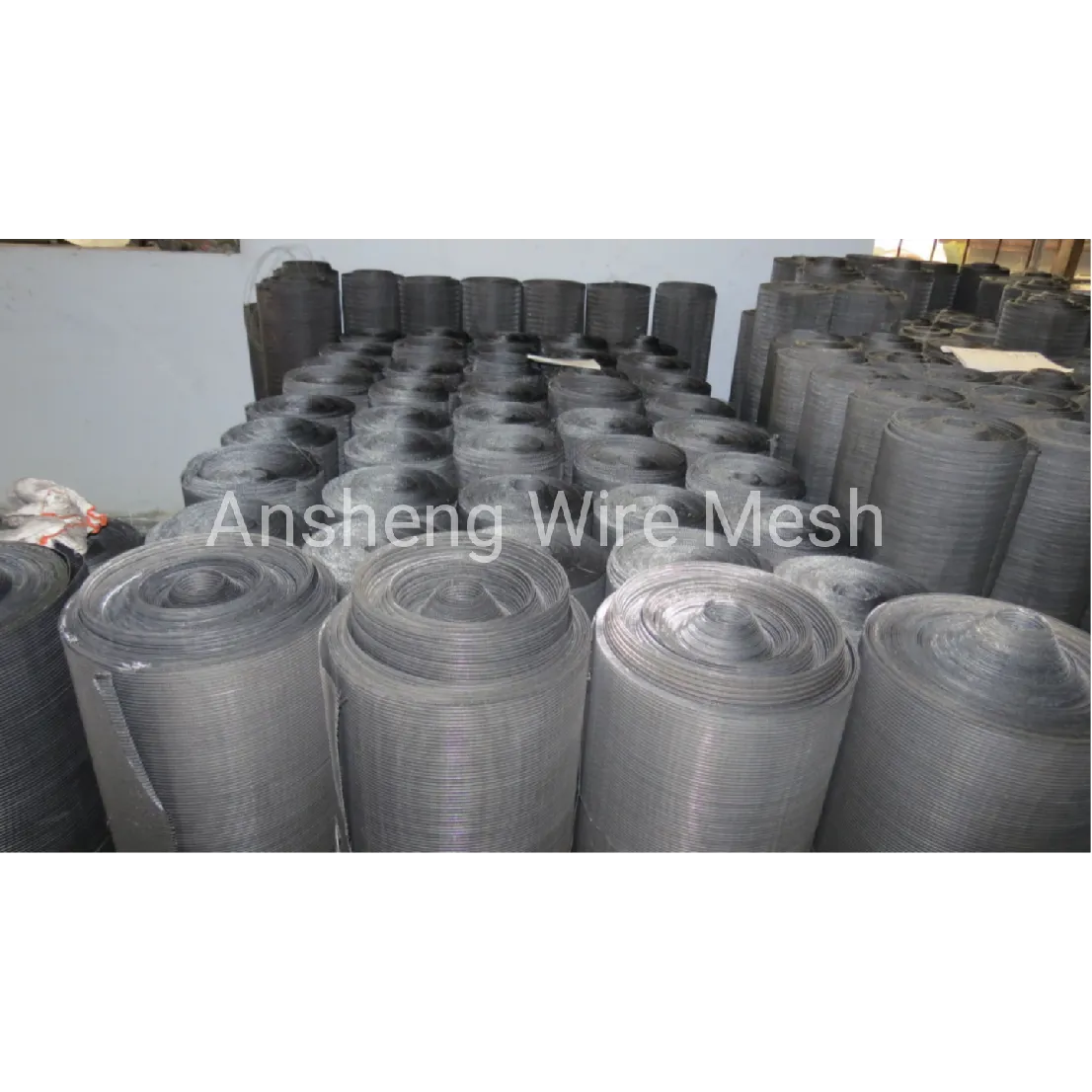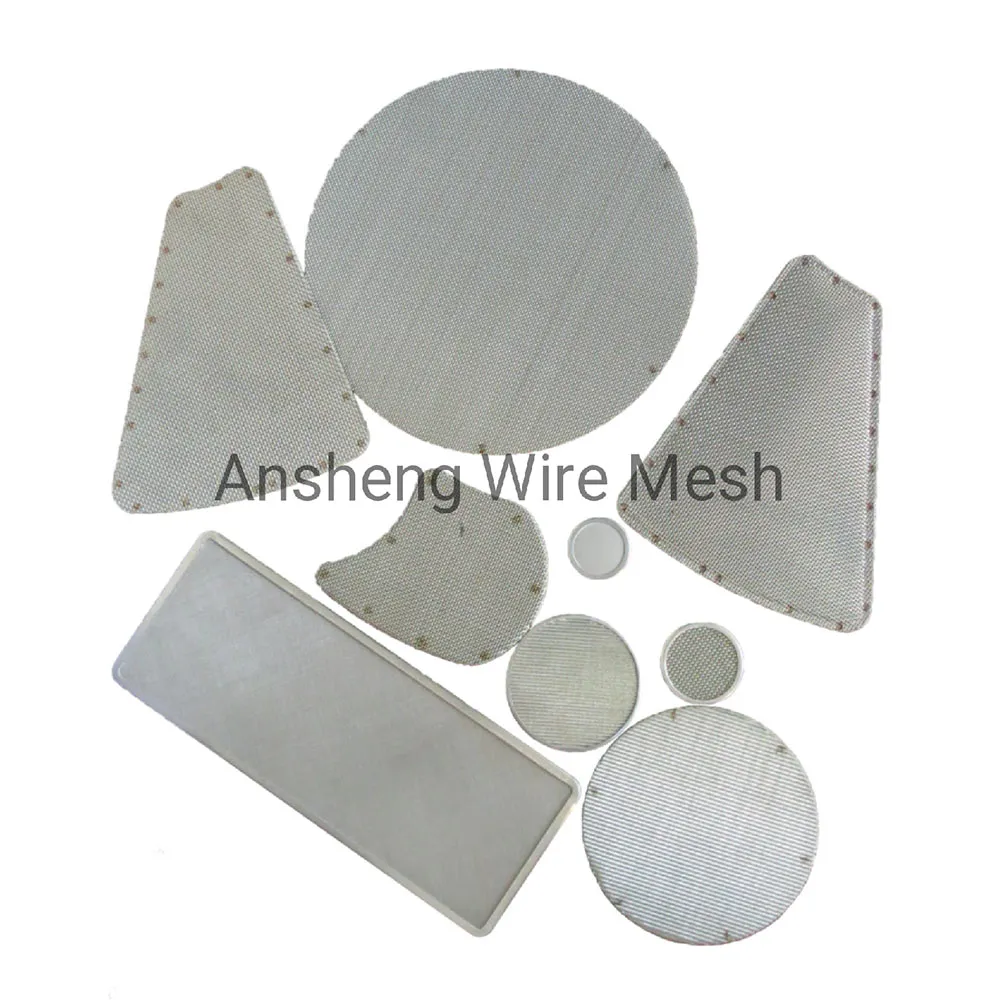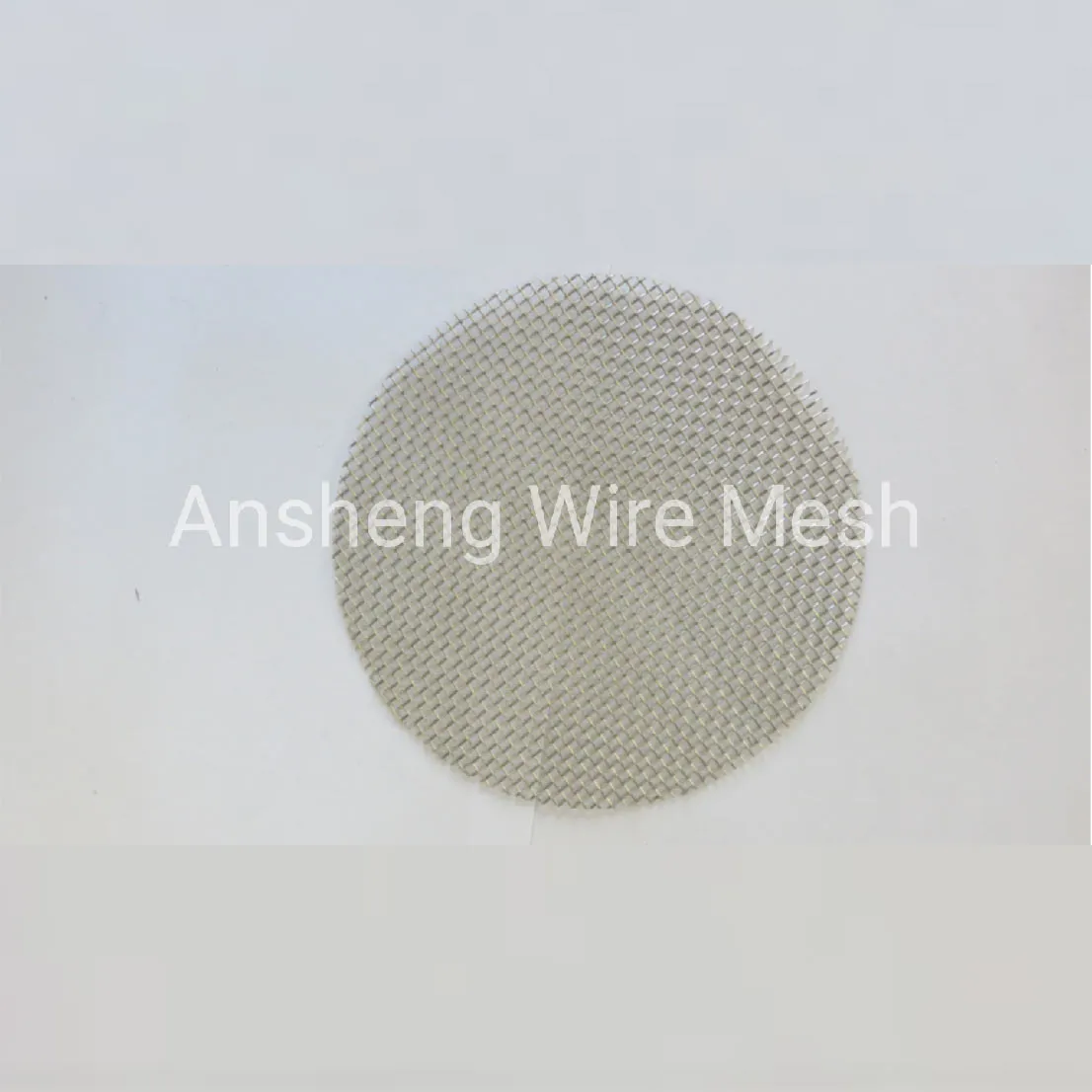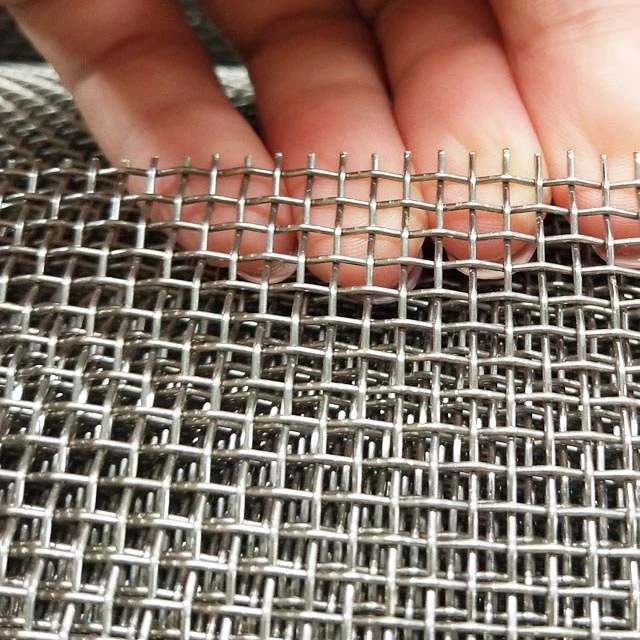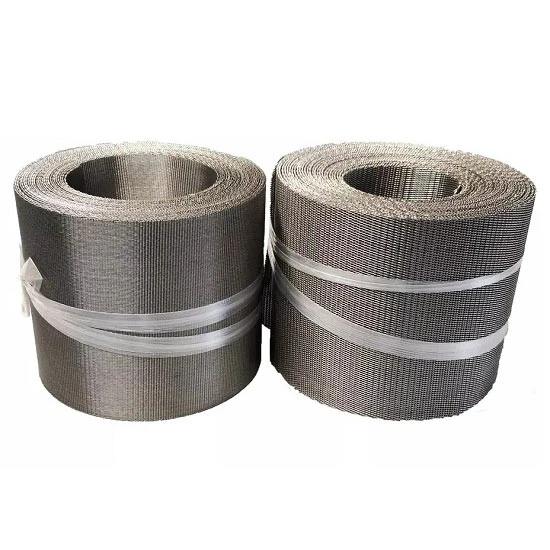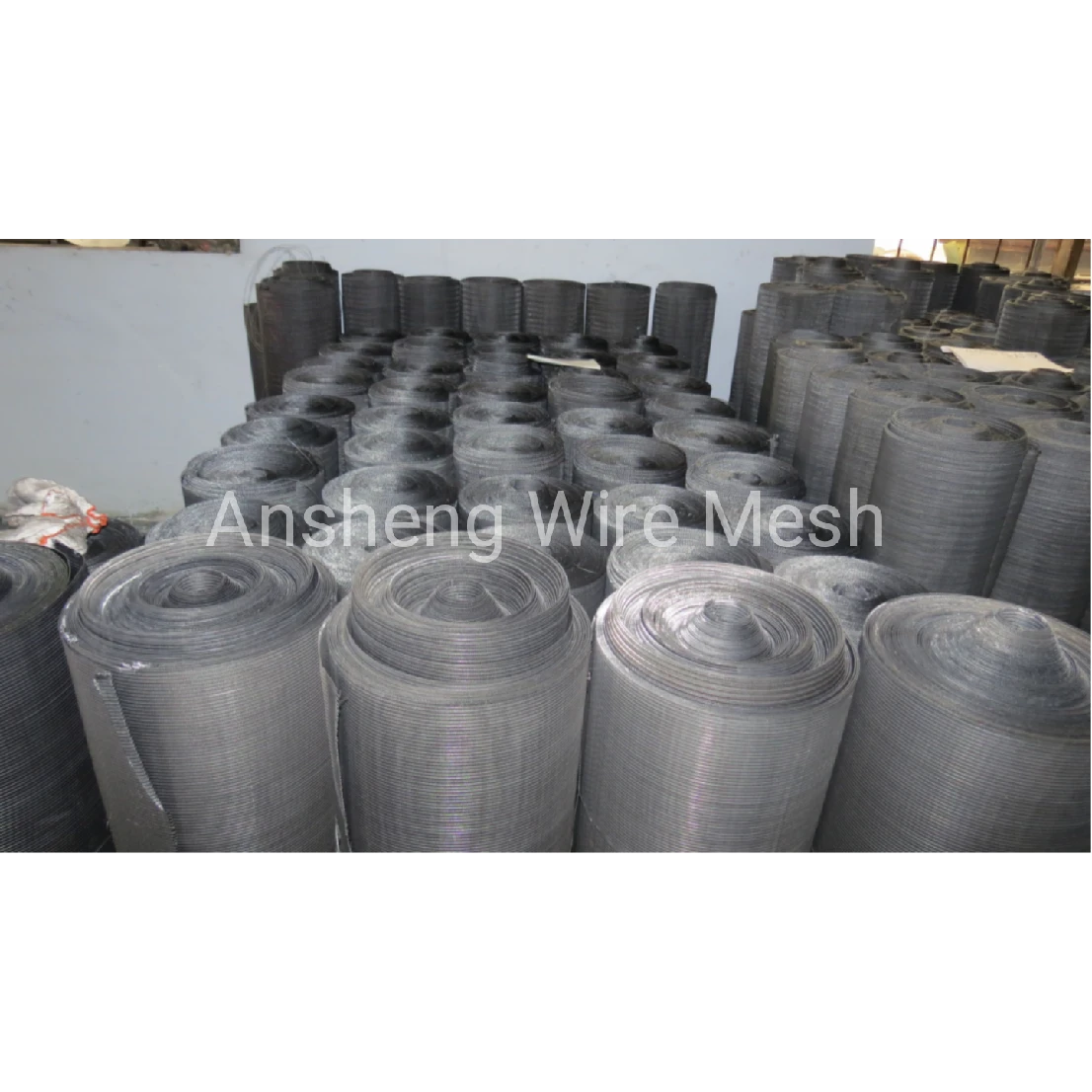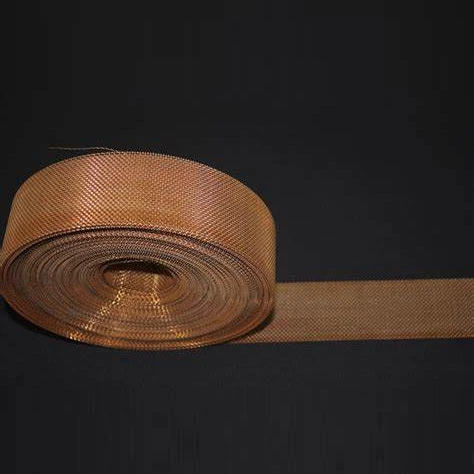Stainless Steel Reverse Dutch Weave Wire Mesh: field notes from the floor
If you’re sourcing Reverse Dutch Weave Mesh, here’s a candid look at what actually matters in production and in use. I’ve walked mills in Anping (No.346 Xinying East Street, Anping County, Hebei, China), chatted with line supervisors, and—yes—handled rolls that still smelled faintly of drawing oil. It’s a niche product, but a surprisingly competitive one.
Why is demand up? Polymer recycling, higher-viscosity melt filtration, and oil-gas retrofit projects. Shops tell me lead times tightened in Q2, then eased as wire-rod supply normalized. The core idea is simple: coarser warp, finer weft, yielding tight pore channels with muscular burst strength. In practice, it’s a bit of an art.
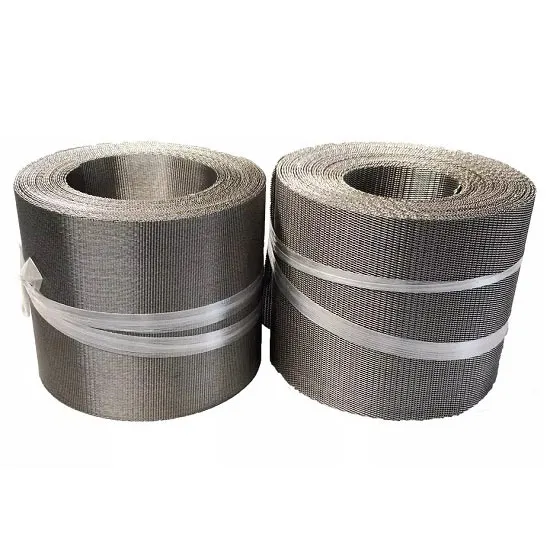
Spec snapshot (real-world ranges)
| Item | Typical/Available |
|---|---|
| Materials | SS 201, 304, 316, 316L (316L preferred for chloride-rich media) |
| Mesh (warp×weft) | ≈72×15 to 260×40 |
| Wire dia. | ≈0.55–0.15 mm (warp typically larger than weft) |
| Width | ≈60–300 mm standard; custom on request |
| Roll length | 10 m, 20 m, 30 m (other lengths available) |
| Filtration rating | Around 5–60 μm (media- and spec-dependent) |
| Standards | ASTM E2016, ISO 9044; pore tests often per ASTM F316 |
Process flow that separates good from average
- Wire selection: certified heats (MTR 3.1) for 304/316/316L; sulfur and inclusion control really show up in weaving stability.
- Weaving: reverse dutch setup—heavier warp, fine weft—for narrow capillary-like pores and high DP tolerance.
- Post-treatment: stress-relief anneal, calendaring (as needed) for thickness uniformity, ultrasonic cleaning to remove drawing oil.
- QA and testing: mesh count and dimensional checks (ASTM E2016/ISO 9044), bubble point and mean flow pore (ASTM F316), tensile strip checks, flatness and thickness mapping.
Service life? In polymer melt duty at 220–280°C, I’ve seen 12–24 months on multi-layer packs (with backflushing), longer in hydraulic oil filtration. Real-world use may vary, as always.
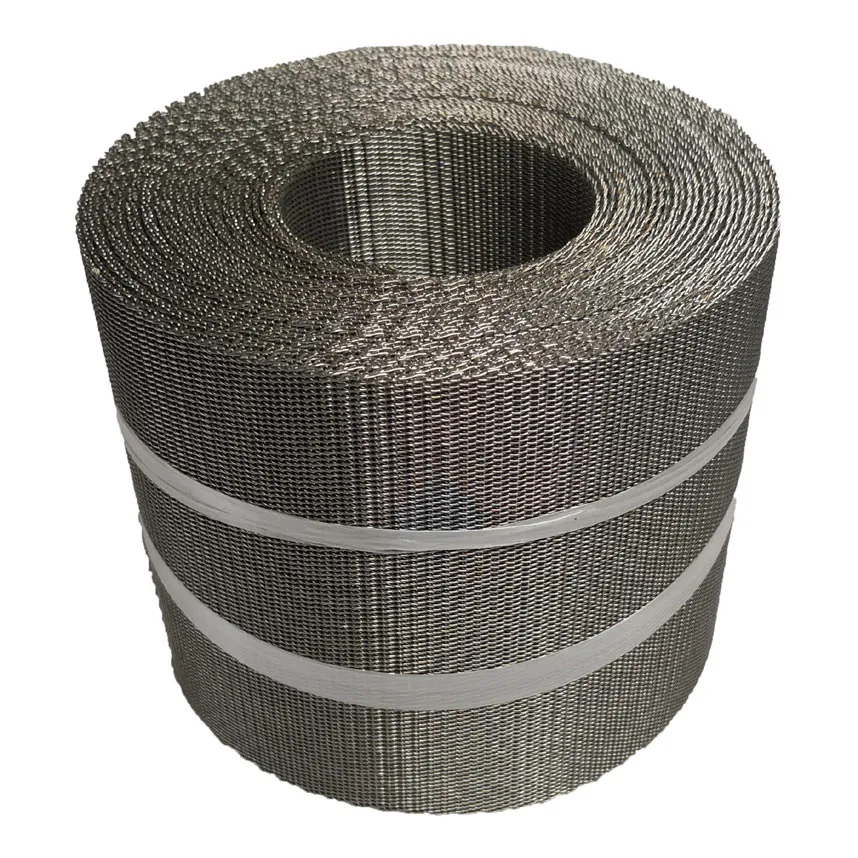
Where it works best
- Polymer extrusion and recycling (breaker plates, candle filters, leaf discs)
- Hydraulic and lube oil skids (high DP, fine capture)
- Gas filtration and sparging, where high burst strength is non-negotiable
- Chemicals, food-grade prefiltration (316L), and fine slurry separation
Many customers say Reverse Dutch Weave Mesh is the “sweet spot” between permeability and rigidity. I’d agree—especially in multi-layer sintered packs.
Why choose this build
- High collapse/burst resistance vs. plain dutch alternatives
- Predictable bubble-point spread (when woven on calibrated warps)
- Better backwash performance; pores run longitudinally and resist plugging
- 316/316L chemistry for corrosion-prone duty
Vendor snapshot (what buyers compare)
| Vendor | Origin | Certs | Lead time | Notes |
|---|---|---|---|---|
| Ansheng Filterscreen | Anping, Hebei | ISO 9001; MTR 3.1 | ≈10–20 days | Full mesh range; custom widths 60–300 mm |
| European mill | EU | ISO 9001/14001 | ≈3–6 weeks | Excellent traceability, premium price |
| Trading house | Mixed | Varies | ≈2–5 weeks | Check pore tests; spec drift can occur |
Customization options
Widths (≈60–300 mm), roll lengths (10/20/30 m), edge trimming, anneal/temper, and alloy swaps (201/304/316/316L). For tight bubble-point windows, request a controlled-weft lot. It seems minor, but it’s the difference between steady DP and erratic backpressure.
Two quick case notes
- Polymer recycler (EU): swapped to Reverse Dutch Weave Mesh 132×23, 316L; bubble point ≈2.1 bar (avg, ASTM F316); pack life up 28% with scheduled backflush.
- Hydraulic OEM (APAC): 72×15, 304; achieved ISO 4406 cleanliness targets; customers reported “steadier DP and fewer unplanned swaps.”

In short, Reverse Dutch Weave Mesh delivers when you need fine capture without babysitting your filters. Ask for ASTM/ISO conformance and bubble-point data up front—the good suppliers already have it.
References
- ASTM E2016 – Standard Specification for Industrial Woven Wire Cloth. ASTM International.
- ISO 9044:2016 – Industrial woven wire cloth. ISO.
- ASTM F316 – Pore Size Characteristics of Membrane Filters by Bubble Point and Mean Flow Pore Test. ASTM International.
- Outokumpu Stainless Steel 316/316L Datasheet – Corrosion and mechanical properties.
Post time: Oct . 24, 2025 19:15
